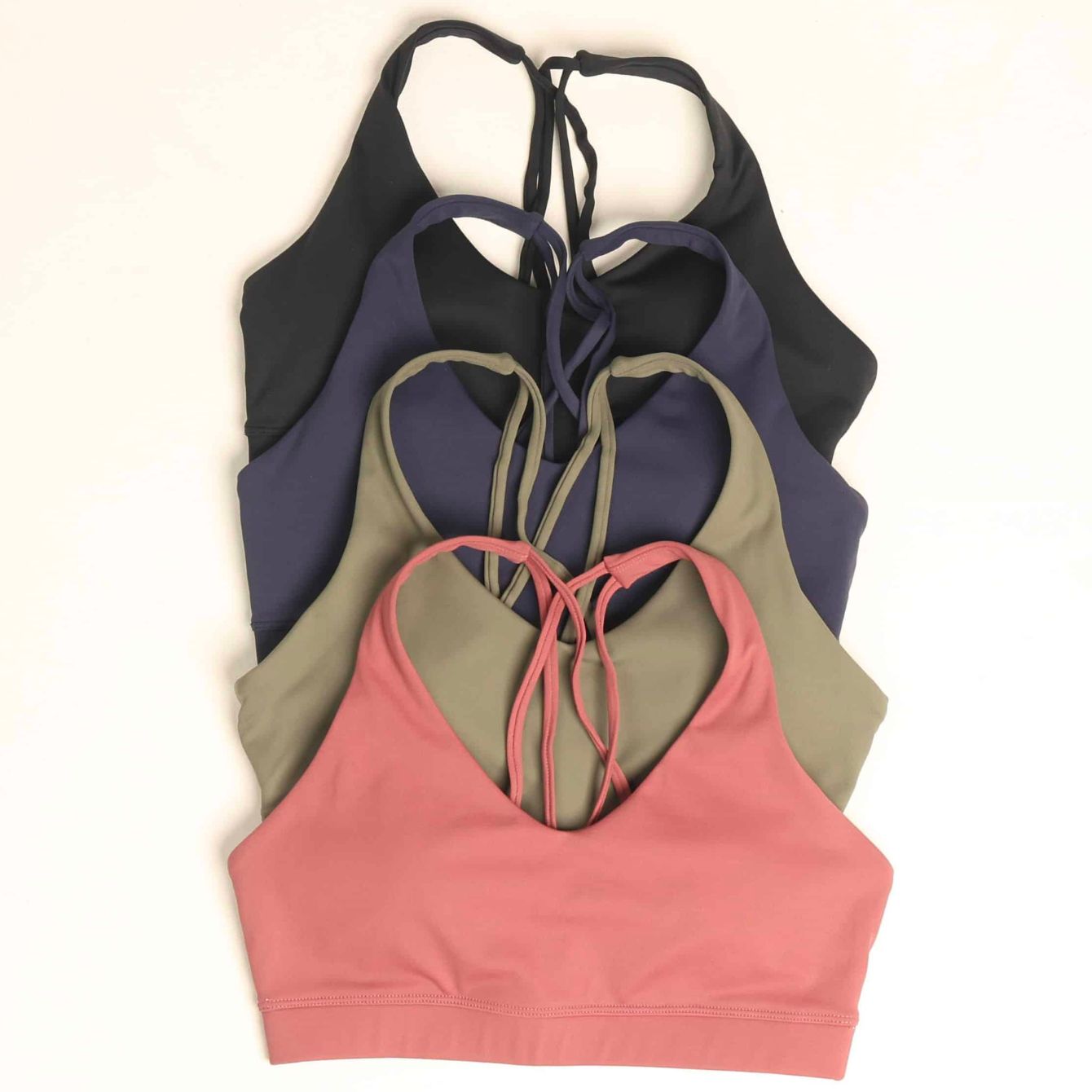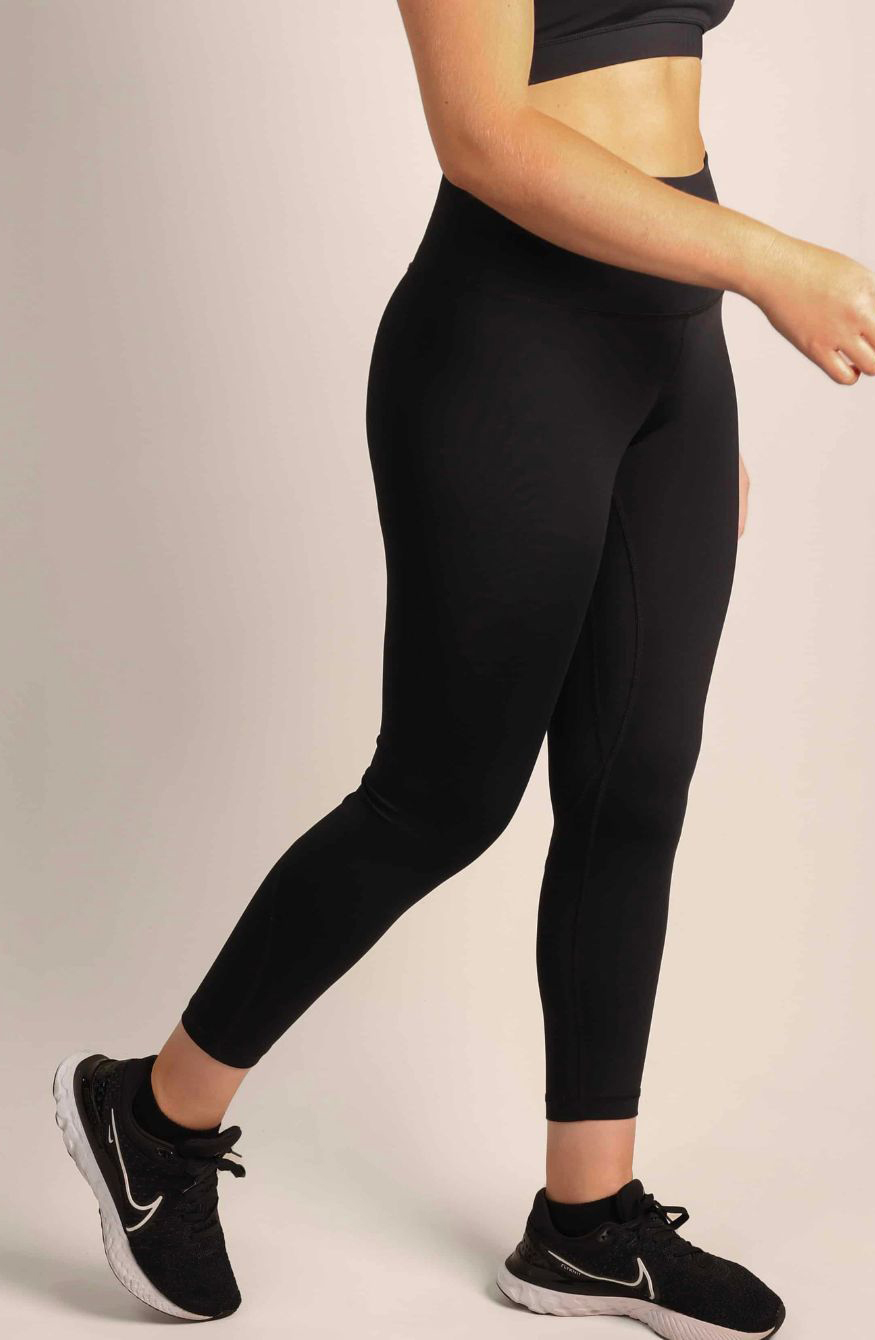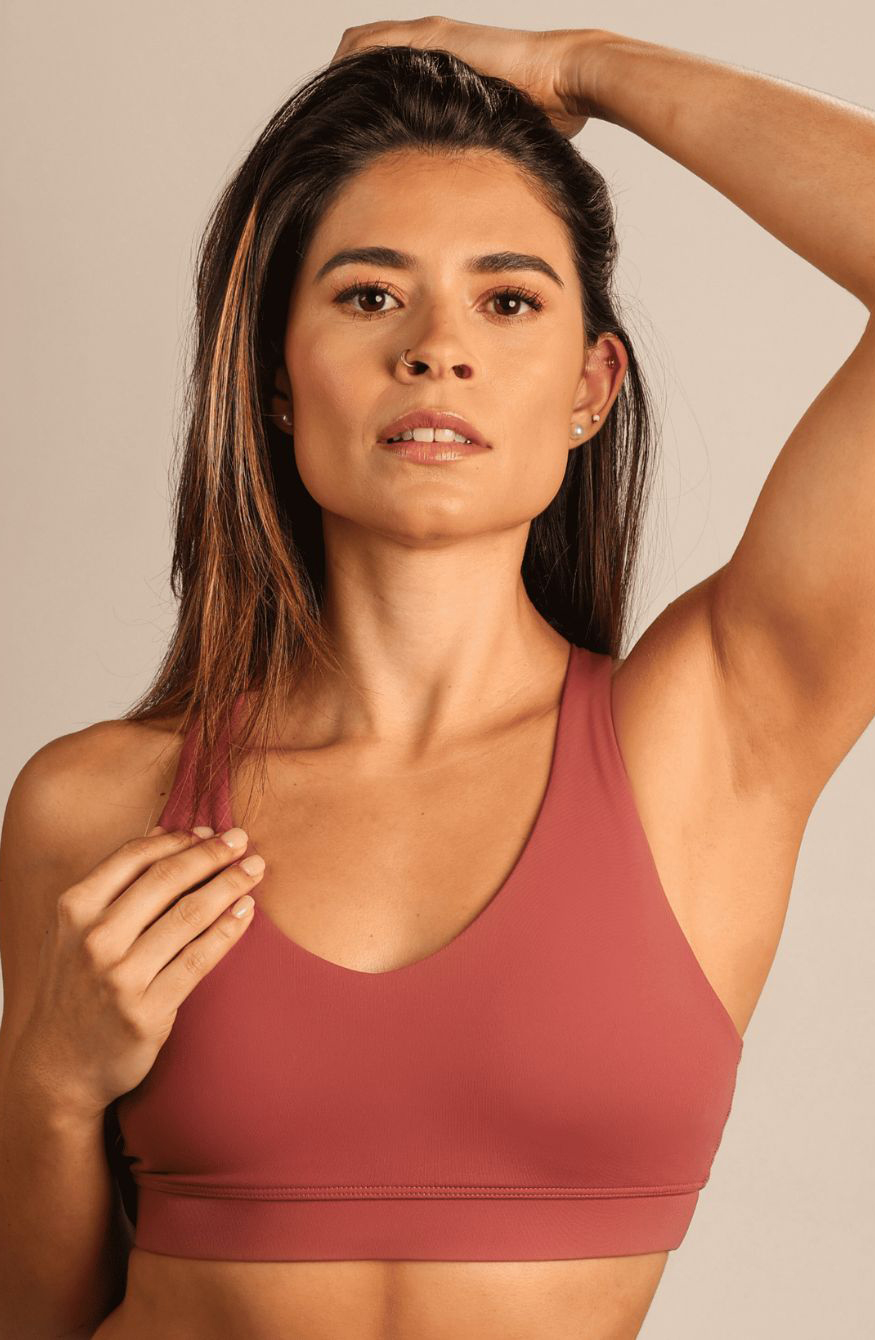Helping people feel stronger and more confident through exercise and wellness is, in my view, one of the
FUNCTIONAL ACTIVEWEAR FABRICS
For the most effective workouts, it’s essential for activewear fabrics to work just as hard as you do and adjust to your body’s needs. Workout fabrics are unlike any type of regular apparel fabrics, they need to provide function and support for the wearer, so the makeup and treatment of the material are key for good performance.
Activewear Fabric Treatments and Components
There’s nothing worse than working out in a wet sports bra or legging, or wishing for the sweat marks to quickly disappear. The most effective activewear fabrics are treated to adapt or adjust to the wearer. The treatments to activewear fabrics have come a long way to help with perspiration, body temperature and to the external environment. Here are the most common treatments or components for activewear.

Wicking
A treatment to fabric that pulls sweat or moisture to the surface by weaving hydrophilic fibers (high-absorbent) or weaving the structure of the fiber into a triangular shape. The exposure to air and higher temperatures causes that water to evaporate. This process is known as capillary action and helps a person feel cool and dry faster.
Quick Dry
Quick-dry fabrics are designed to absorb liquid evenly and push it towards the surface for the air to quickly evaporate the moisture. Quick-dry fabrics can be made up of natural fibers, like cotton, which is highly absorbent and weaved with synthetic fibers like polyester that don’t hold moisture, making it dry faster.


UV Protection
A fabric treatment that helps block ultraviolet (UV) rays from the sun. The special formulation is applied to the fabric, which absorbs and shatters the UV rays and projects it against exposure to the sun.
Breathability
Fabric is woven or made up of fibers to allow air to pass through it easily. The ventilation from the fabric allows your perspiration to evaporate naturally from the air.


